Biryani ( veg & non Veg) - Biryani is a set of rice based food made with spices, rice (usually basmati) and meat, fish, eggs or vegetables. Is a very popular dish all over the World. sometimes spelt Biriyani or Biriani, is a mixed rice dish from the Indian Subcontinent. It is made with spices, rice and meat or vegetables. Biryani is a one-dish rice-based meal that consists of layering cooked rice and meat in a casserole, before baking it in the oven. Originating in Persia and popular in India and the Middle East, biryani can be made with chicken, seafood or meat, and can also be made as a vegetarian casserole. Biryani is normally made with basmati rice and flavored with cloves, cinnamon, cardamon, bay leaf, coriander, mint, ginger, garlic and onions. Traditionally, orange saffron milk was sprinkled on the top of the dish before baking, so that the rice grains had a variated white and yellow-orange color and a subtle saffron flavor; today the high cost of saffron means that many restaurants unfortunately use yellow food coloring instead. Biryani is often served with a yogurt-based condiment such as raita or a tomato, onion and cilantro relish. It is good for crowds and a favorite at Bangladeshi wedding receptions, Indian family dinners and Muslim dinner tables in Thailand.
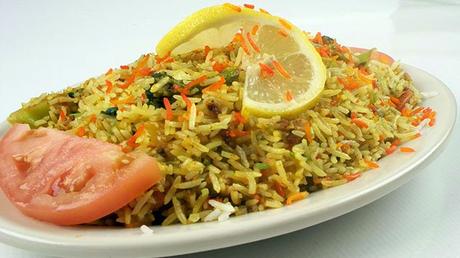
Butter Chicken - Chicken marinated overnight in yoghurt and spices mixture and cooked with a special Makhani sauce made of Butter, tomato puree and various spices that gives the dish its unique flavor. It is one of the most popular dishes among non vegetarians throughout the World. It is the pride of Punjabi cuisine. The 'butter' in the gravy used to be actually butter. Not the salted off-the-shelf variety, but fresh white butter made out of the thick cream that rises to the top of buffalo milk after boiling and cooling. This butter, added to the onion-tomato based gravy late in the process, made the gravy smooth and creamy (and less tart). Remember, till the hullaballoo about cholesterol started, butter was (and still is, in some parts of the world) a very healthy food.
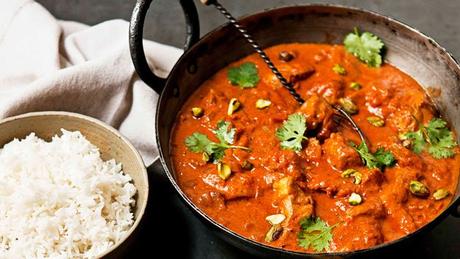
Idli-Dosa-Vada with Sambar - Popular South Indian breakfast made of fermented black lentils (de-husked) and rice accompanied with sambar (a vegetable stew or chowder based made with toor dal and tamarind). Sambar (sambhar), a South Indian lentil stew that is as traditional to India as apple pie is to America. And as such, it seems every family has their own recipe including how to make sambar, and what ingredients are used to make sambar. Generally speaking, sambar is composed of dal (lentils) simmered with tamarind flavored water and a special blend of spices called sambhar powder. A variety of vegetables are then added to the aromatic stew base before finishing off with a touch more spices and curry leaves sauteed in oil. Breakfast is an especially popular time to see sambar enjoyed with idli, dosa and vada.
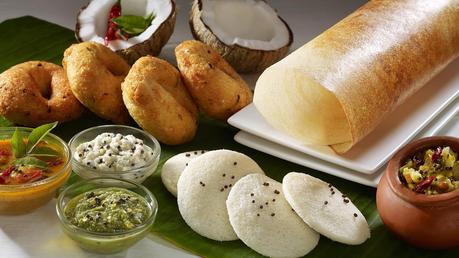
Chole-Bhature - Is a combination of Chole (spicy chick peas) and fried Indian bread called Bhatoora (made of maida flour). It is mainly eaten is North India and seems to be originated in Punjab. Its also a street food commonly eaten for breakfast. Chole Bhature is one of the mouth-watering, spicy, exotic dish from Punjabi Cuisine. The crispy puffed Bhatura makes an excellent combo with hot & spicy Chole / Chickpeas curry.
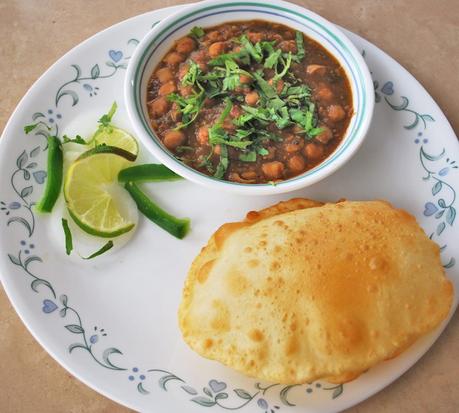
Dal makhani - Daal makhani dish is delicacy from Punjab filled with rich protein and fiber. Lentils and beans traditionally cooked in a tangy masala with dollops of fresh cream added to give the rich finishing touch. It is the signature dish of Punjabi cuisine. It is famous North Indian dish. Dal makhani is very rich, creamy, flavorful and mild spicy dal recipe. This recipe is start with typical Punjabi onion-tomato masala. It has very few dry spices, still it taste very delicious. It tastes almost same as restaurant style dal makhani. It has very creamy, rich and medium spicy taste. And it is made from whole urad with rajma. Butter and cream is used in this recipe to make it creamy and rich. Butter is used in the recipe that's why it is called Dal Makhani. Makhani means buttery.
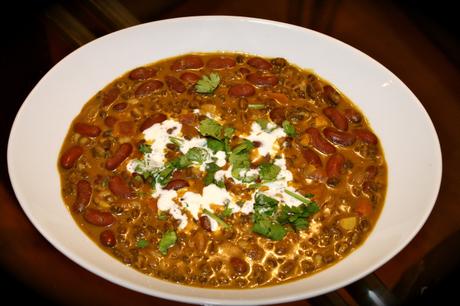
Samosa and Pakodas - Popular appetizers/ snacks in India served at tea time or as a separate course before main meal. Samosa is a savory filling stuffed pastry triangular in shape and deep fried whereas pakodas are fried snack across South Asia. Samosas, traditional, savory, deep - fried pastries are filled with spiced potato mixture, or minced lamb. These snack make terrific party food and can be prepared in advance and frozen either half - fried or uncooked.
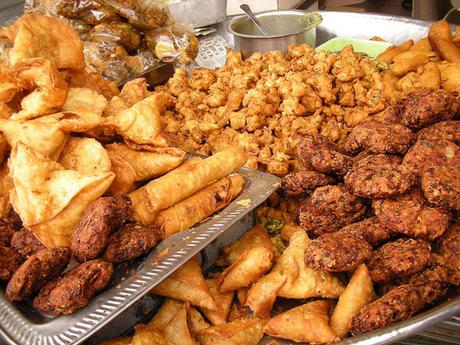
Pav Bhaji - Pav bhaji consists of bhaji (a potato based curry) and the pav, garnished with coriander, chopped onions and a dash of butter. It is a fast food dish native to Maharashtra and is popular in most metropolis areas in India. Pav bhaji is more than a mere snack! it's a quick meal that can be grabbed on the go - since large portions of the bhaji are made in advance and simply reheated with a few spices before serving. You just need to wait till the pav is toasted to perfection with oodles of butter! hmm, top with the raw onions and tomatoes, squeeze a tad of lemon atop the bhaji, and forget yourself!
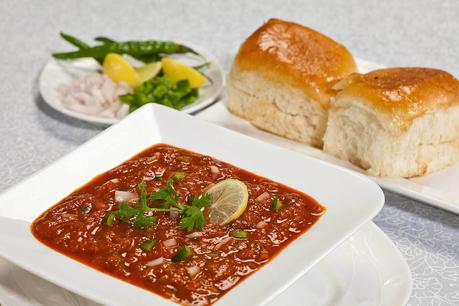
Panipuri - It comprises a round, hollow puri, fried crisp and filled with a mixture of tamarind water, chilli, chaat masala, potato, onion and chickpeas. It is small enough to fit completely in one's mouth. A popular street snack also called as Gol gappa or gup chup. Basically pani puris are small balls made of flour and semolina, rolled out into very small puris and deep fried to a golden shade, cooled and stored in air tight containers. The hollow puri is slightly crushed on the top and filled with a little each of mashed potatoes, chopped onions and sweet chutney, then dipped in a chilled mint flavored tangy water, and eaten as a whole, in one mouthful. As you savor the pani puri, you can literally feel the explosion of flavors in your mouth, an assortment of crisp, tangy, spicy tastes.

Indian food is different from rest of the world not only in taste but also in cooking methods. It reflects a perfect blend of various cultures and ages.
* Information on the traditional uses and properties of herbs/ animals/ yoga/ places are provided on this site is for educational use only, and is not intended as medical advice. all image credit goes to their Photographers.
